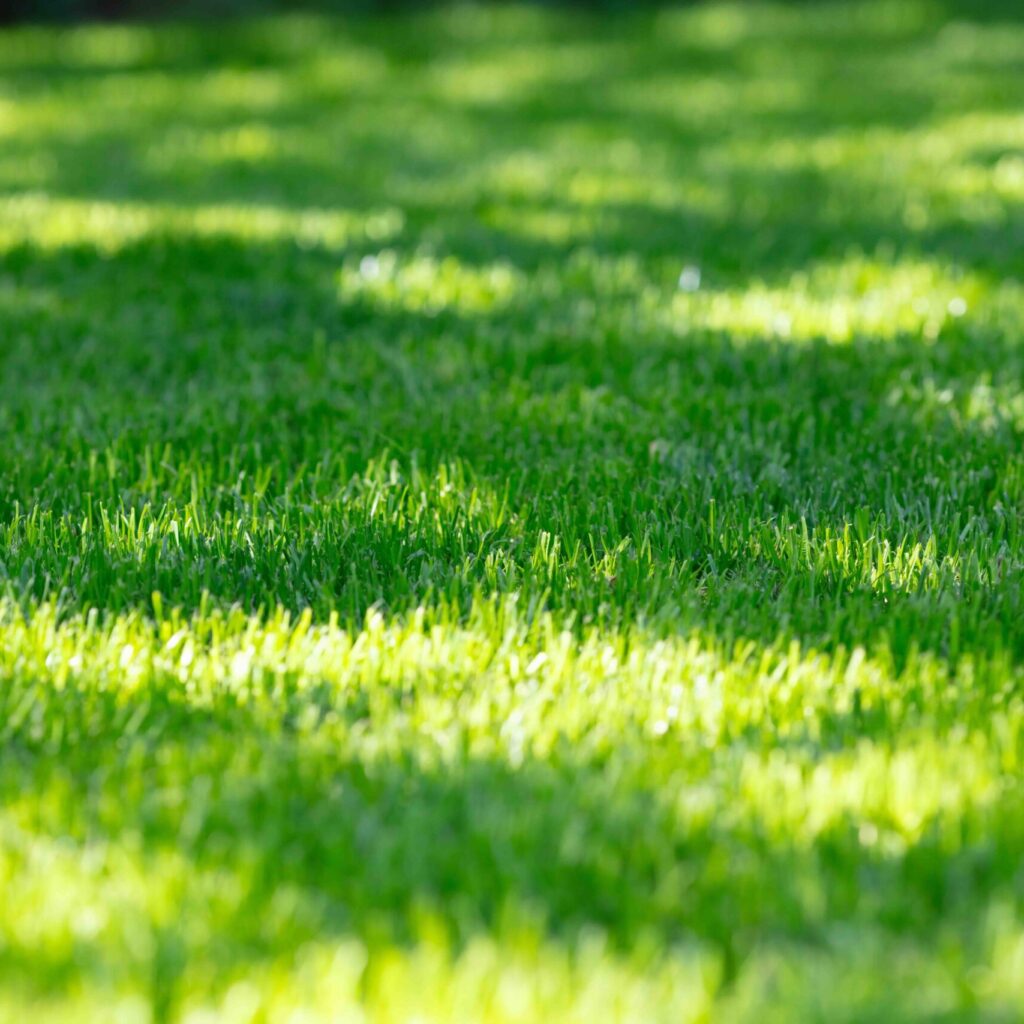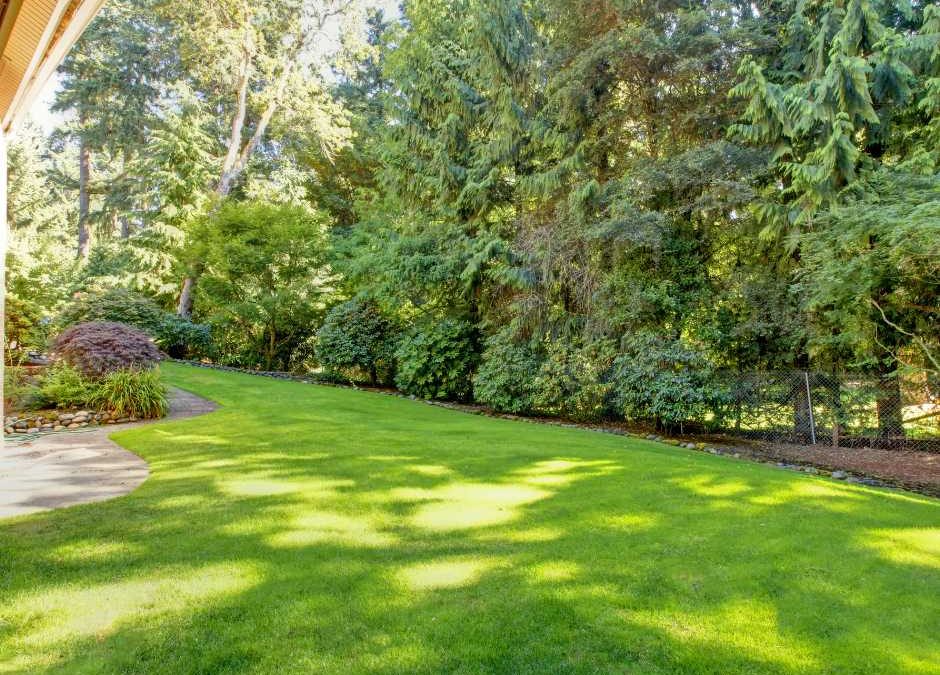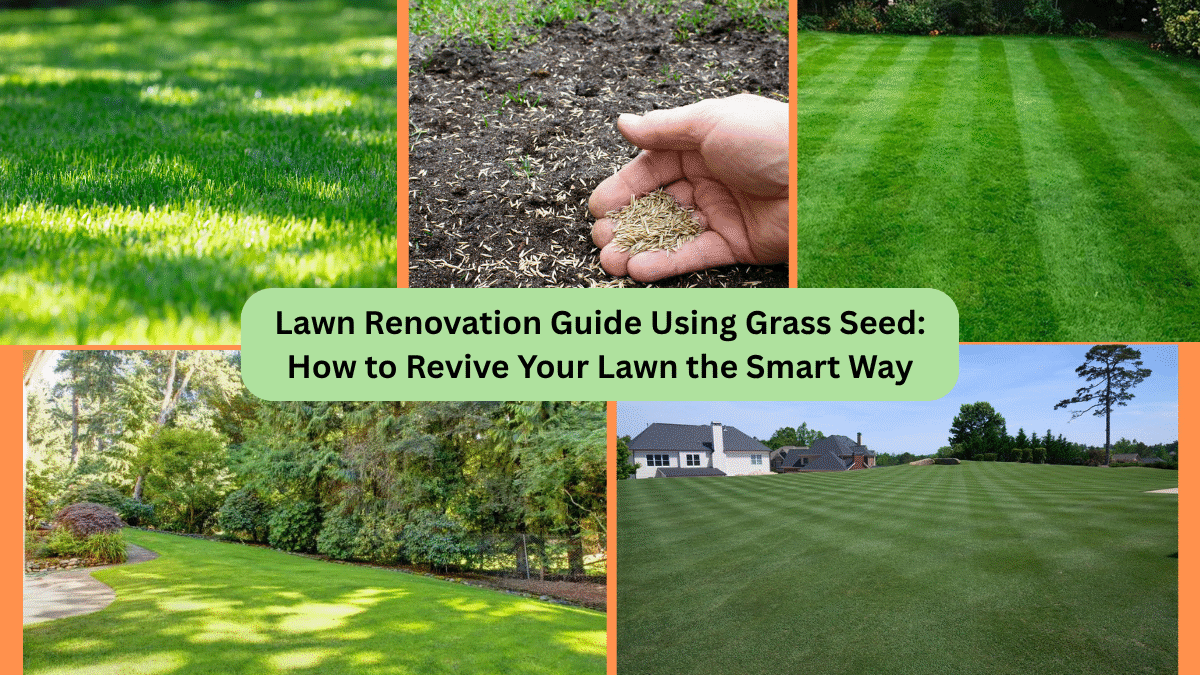A lush, green lawn is the ultimate symbol of a well-maintained garden and outdoor space. But over time, lawns can become thin, patchy, or invaded by weeds, leaving your yard looking tired and uneven. If your grass has lost its charm, don’t worry — a lawn renovation using grass seed is a simple, effective, and budget-friendly solution that can breathe new life into your turf without needing to start from scratch.
In this comprehensive guide, we’ll cover everything you need to know about renovating your lawn with grass seed — from identifying when it’s time to renovate, choosing the right seed, preparing your lawn, and caring for your newly seeded space for lasting, healthy results.
Why Renovate a Lawn with Grass Seed?

Your lawn takes a beating from:
- Heavy foot traffic
- Harsh weather
- Poor soil conditions
- Weeds, pests, and diseases
All these factors can cause thinning, bare patches, or even dying grass. Renovating with grass seed helps:
- Repair patchy areas
- Thicken and refresh old, tired lawns
- Improve lawn appearance and resilience
- Introduce newer, drought-tolerant, and disease-resistant grass varieties
It’s a far more cost-effective and eco-friendly option compared to replacing the entire lawn with sod.
Signs Your Lawn Needs Renovation
Not sure if your lawn’s due for a makeover? Look for these signs:
- Numerous bare or thinning patches
- A thick layer of thatch (over ½ inch)
- Excessive weeds taking over
- Compacted, hard soil
- Dull, uneven color
- Lawn struggles to recover after stress
If your lawn displays two or more of these issues, it’s time for renovation.
Best Time to Renovate a Lawn

The timing for lawn renovation depends on your grass type and local climate:
| Grass Type | Best Renovation Time |
|---|---|
| Cool-season grasses (Fescue, Ryegrass, Kentucky Bluegrass) | Early fall (September–October) or early spring |
| Warm-season grasses (Bermuda, Zoysia, Centipede) | Late spring to early summer |
Fall is ideal for cool-season grasses because:
- Warm soil encourages fast germination
- Cool air reduces seedling stress
- Fewer competing weeds
Choosing the Right Grass Seed
Selecting the right seed is crucial for long-term success.
Consider:
- Your existing grass type (for blending)
- Sun or shade conditions
- Traffic levels
- Climate and soil type
Popular grass seed types:
- Kentucky Bluegrass: Beautiful, dense cool-season grass
- Tall Fescue: Drought-tolerant, adaptable
- Perennial Ryegrass: Quick germination, traffic-resistant
- Bermuda: Warm-season, sun-loving
- Zoysia: Heat-tolerant, slow-growing, durable
Look for blends or mixes with disease-resistant and drought-tolerant varieties for added resilience.
Tools and Materials You’ll Need

- Grass seed
- Lawn mower
- Metal rake or dethatcher
- Lawn aerator (optional but recommended)
- Seed spreader (broadcast or drop)
- Starter fertilizer (lawn-safe for new seedlings)
- Topsoil or compost (for patchy areas)
- Garden hose with a sprinkler or spray nozzle
Step-by-Step Lawn Renovation Using Grass Seed
Step 1: Mow the Existing Lawn
Mow your lawn shorter than usual — around 1.5 to 2 inches — and bag the clippings. This exposes the soil and prevents tall grass from shading new seedlings.
Step 2: Dethatch the Lawn
Use a metal rake or dethatcher to remove dead grass, leaves, and debris.
If your lawn has heavy thatch (over ½ inch), use a dethatching machine to break it up. This improves seed-to-soil contact and boosts water absorption.
Step 3: Aerate the Soil (Highly Recommended)
Core aeration creates holes by removing small plugs of soil, reducing compaction and allowing air, water, and seed to penetrate deeper.
Benefits:
- Boosts seed germination
- Improves root development
- Increases nutrient uptake
Rent a lawn aerator or hire a professional if necessary.
Step 4: Apply Starter Fertilizer
Spread a phosphorus-rich starter fertilizer to support rapid root growth for new seedlings. Avoid weed-and-feed products, as they can harm tender grass.
Step 5: Spread Grass Seed
Use a broadcast or drop spreader to distribute seed evenly:
- Set the spreader to the recommended setting (listed on the seed package)
- Walk in overlapping rows to ensure even coverage
- For patch repairs, spread seed by hand if needed
Tip: Apply half the seed walking in one direction, then the other half at a 90° angle for complete coverage.
Step 6: Lightly Rake and Topdress
Lightly rake the seeded area to mix the seeds with soil for better contact.
For patchy or bare areas:
- Topdress with a ¼ inch layer of compost or quality topsoil
- Gently rake again to even out
Step 7: Water Properly
Water the area thoroughly immediately after seeding.
For the first 2–3 weeks:
- Keep the top ½–1 inch of soil consistently moist
- Water lightly 1–2 times daily (depending on weather)
Once seedlings reach 2–3 inches, reduce watering to every other day, then gradually transition to a regular lawn watering schedule.
Post-Renovation Lawn Care

Mowing
Wait until new grass reaches 3–4 inches before mowing.
Mow with a sharp blade and never cut more than ⅓ of the grass height at once.
Fertilizing
Avoid additional fertilizing until 6–8 weeks after seeding.
Then, apply a balanced, slow-release lawn fertilizer to promote steady growth.
Weed Control
Hold off on applying herbicides until new grass is established (about 8–10 weeks after seeding).
Manual weeding is best in the meantime.
Common Lawn Renovation Mistakes
| Mistake | Problem Caused | How to Fix |
|---|---|---|
| Skipping soil preparation | Poor seed germination, patchy growth | Always dethatch, aerate, and rake |
| Over-seeding or under-seeding | Crowded or sparse lawns | Follow recommended seed rates |
| Inconsistent watering | Dry soil or seed rot | Water lightly and consistently |
| Mowing too soon | Damages tender seedlings | Wait until new grass is 3–4 inches tall |
How Long Before You See Results?

Germination times vary by grass type and conditions:
| Grass Type | Germination Time |
|---|---|
| Perennial Ryegrass | 5–10 days |
| Tall Fescue | 7–14 days |
| Kentucky Bluegrass | 14–30 days |
| Bermuda/Zoysia | 10–30 days |
Full establishment typically takes 6–10 weeks for most lawns.
Final Thoughts
Renovating your lawn using grass seed is one of the most cost-effective, rewarding ways to revive a tired, patchy yard and transform it into a thick, healthy, and attractive outdoor space. With the right preparation, grass seed selection, and post-care, you’ll achieve long-lasting, professional-looking results without breaking the bank.
Whether you’re dealing with a few bare spots or a lawn that needs a complete refresh, this renovation method ensures your yard remains a beautiful, inviting space for family, friends, and outdoor fun.





Leave A Comment